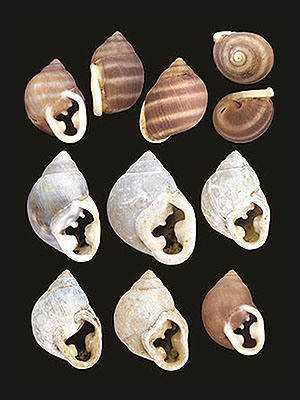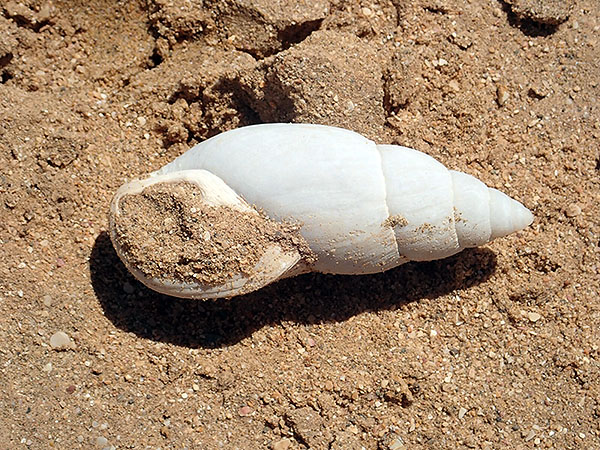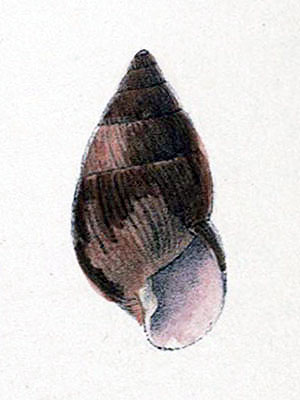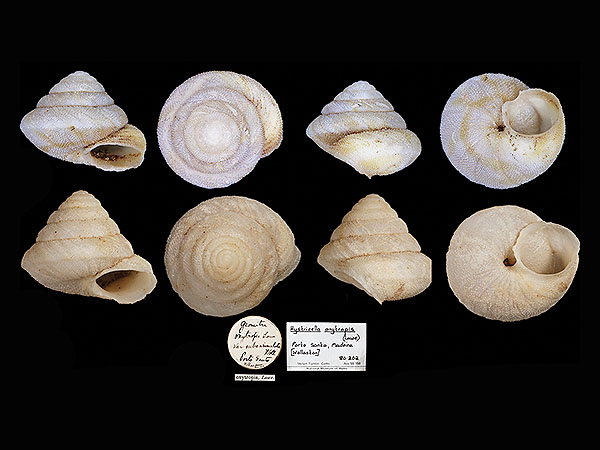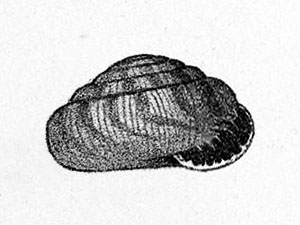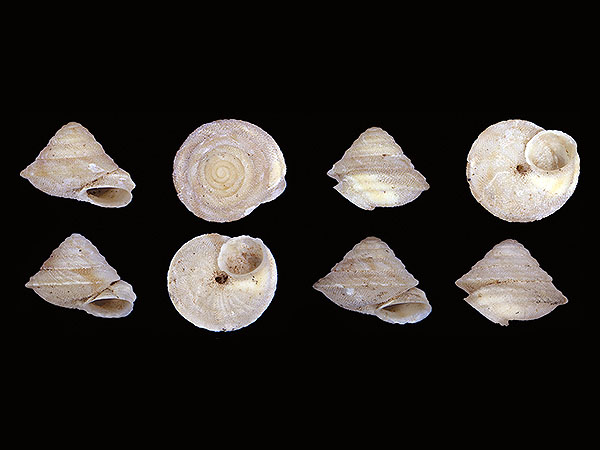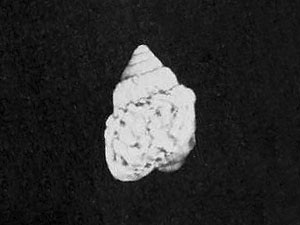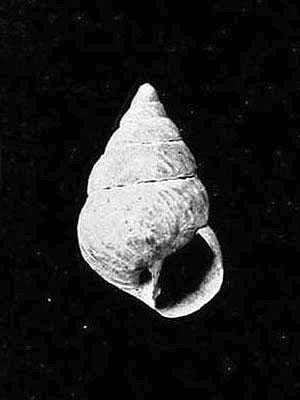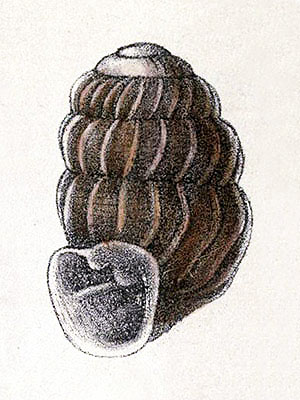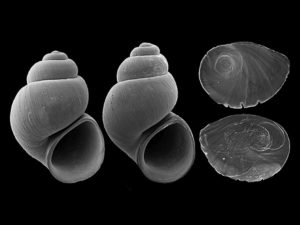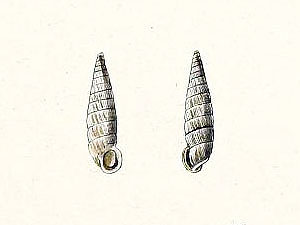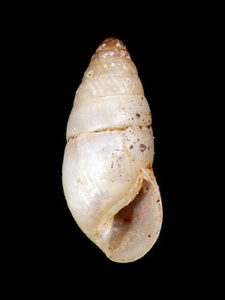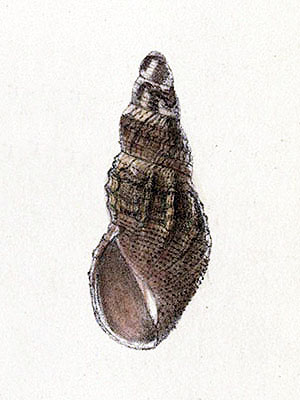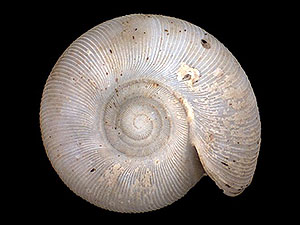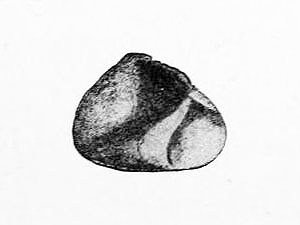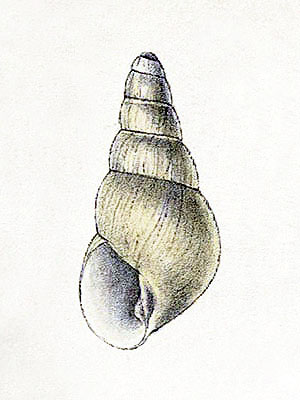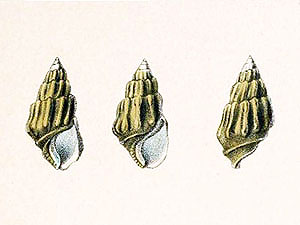Jervis Island Snail (Naesiotus jervisensis)
The Jervis Island Snail was described in 1917, it was apparently already extinct at that time, since only dead shells were found.:
“A few dead specimens were collected on Jervis Island [Isla Rábida] at an elevation of 900 to 1000 feet.
One or two of these were fresh enough to admit of the hope that living specimens may be secured by some future collector.” [1]
***
syn. Bulimulus jervisensis Dall
*********************

https://creativecommons.org/licenses/by-nc-sa/3.0/
*********************
References:
[1] William Healey Dall; Washington Henry Ochsner: Landshells of the Galapagos Islands. Proceedings of the California Academy of Sciences. Ser. 4. Vol. 17.: 141-185. 1928
*********************
edited: 01.06.2021




